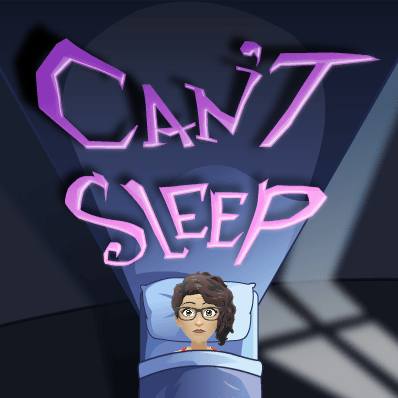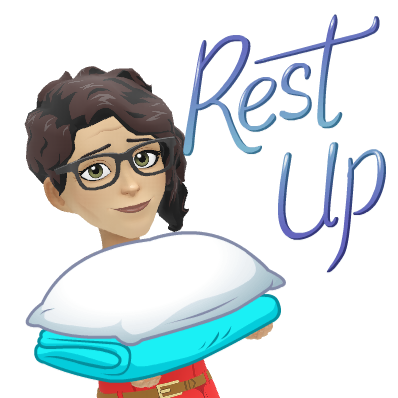
ETFO’s position on in-person learning remains unchanged. The union firmly believes that the daily, in-person model of instruction and support best meets the educational, developmental and social needs of students, provides the best experience for support, and is the most equitable learning model for all students. ETFO’s expectation is that elementary virtual learning in any capacity, including through hybrid models of instruction, will end once the pandemic ends.
As I usually write blogs about educational issues, I’ve decided to make this one more personal. I know that teachers are feeling very stressed at the thought of going back to school in a pandemic while having to face classrooms with up to 30 elementary students. At this point in time, students will return to school with no decrease in class sizes from March 2020.
Issues with teaching in schools in a time of Covid-19
Infection Control
As teachers, we all know that students are “viral conduits” and that we can usually rely on catching some flu or cold before the end of September. In my 20 years of teaching, I’ve contracted H1N1 (2009 swine flu), Whooping Cough twice, various coughs and colds, and had 3 months of bronchitis.
My health was particularly poor when I taught primary grades as students in these grades tend to have less developed immune systems and they like to hug teachers. I taught middle school for 11 years and was sick less often in which I attribute this to the fact that middle school students rarely touch their teachers! What I do know is that no amount of cleaning will be able to keep up with little hands in hallways and classrooms.
Adequate Ventilation
The Ontario Government is complacent to the fact that infections are spread in schools. Elementary school classrooms are usually poorly ventilated as is evident in September and June with no air circulation to combat hot classrooms. Classrooms are also not all the same size but due to equity issues, classes consist of the same number of students. This means a teacher with a larger classroom will have the same number of students as a teacher with a smaller classroom.
Social Distancing Seating
With flexible seating and collaborative learning, many classrooms no longer use desks. Instead, to facilitate a more fluid learning environment, teachers have students sitting at tables in many different groupings. This means that there are not enough desks to put students in socially distanced rows. With underfunding and a lack of hard caps on class sizes, some classes contain up to 30 students or more. With no cuts to class sizes, this means students will have to sit beside each other.
Social Distancing Hallways
Hallway management is another challenge as students crowd the hall during breaks or classroom changes. Even with arrows and tape on the floor, I cannot imagine having all these students being able to socially distance before, during, or after school. There is simply not enough space to have students move separately through hallways.
Social Distancing Busing
Busing is a further challenge. As an average bus carries 24 students without social distancing, a socially distanced bus would contain only 8 students. I’d like to know where Ontario will be able to find 3 times the amount of buses and bus drivers to drive students to school.
Unknowing Before Schools Closed
In March 2020, when schools first closed, I had no idea what I was about to face. I had a mission to get my classroom learning online and a very steep learning curve to make this happen. Like all the other teachers in Ontario, we worked many hours to make online learning a reality. It is what teachers do for their students. Teachers heard reports for extended school closures hoping for school to open in April, then May, and then June. As online learning work was not to be evaluated, we wrote June 2020 report cards and Individual Education Plans based on assessments and evaluations from before the school closures occurred.
Dealing with Uncertainty and Stress
During this time, I was going through moments of great anxiety which resulted in low-grade panic attacks. This has been an ongoing issue most of my life and in my mid 30s I was diagnosed with chronic anxiety and depression. The first time I took meds, I felt like a curtain had been lifted as I could hear, feel, taste, and see more clearly. In dealing with this anxiety, I considered seeking more medication support. But the idea of more meds was not an immediate option as all medication comes with some side effects. I decided, instead, to manage my anxiety with regular exercise, plenty of water, and eating well.
In addition to my moments of anxiety, I had many sleepless nights between March 2020 and the end of June. I know I am not unique in losing sleep in this uncertain time as I’ve spoken with colleagues and read teachers’ posts on Twitter. Sleepless nights worrying about students is an occupational hazard.
But the exercise, water, food, and light did not help. I reached out to my doctor and started seeing a psychotherapist online. This worked to some extent, but my anxiety was ever-present like a big weight pulling me down. Weekly therapy sessions did help. In coming into summer, my anxiety waivered and became manageable again.
With anxiety and depression, for me, it never really goes away completely. Without meds, my anxiety and depression can become so disabling that my ability to do anything complicated fails me and I’m left on the sofa staring at the ceiling for hours. Even with meds, I can have a low-grade depression staying around like an uninvited guest.
Going Back to School with Covid-19
Given the many challenges that await teachers, it is no wonder why my anxiety is ramping up again. In the past Septembers, I always thought about my return to the classroom with waves of joy. I looked forward to seeing my students, in setting up my classroom, and in catching up with my colleagues. Now, I just feel dread.
Health & Employment
My dread is centred around the health and safety of my school and its community. I worry about my school’s students and my colleagues. I wonder how many students and colleagues will return to school this September given the risks of contracting Covid-19 with little social distancing. There are two reasons why my colleagues may not return to school; personal health and family status.
The first is ongoing health concerns. If some colleagues contract Covid-19, their health would be severely compromised. Colleagues, with health concerns, could also ask for accommodations and work via teaching online instead. Although I am not sure, if a teacher has health issues, they may be placed on short term disability.
The second reason for not returning to school would be to request for accommodations due to family status. This would include needs to provide childcare, eldercare, care to a family member, or living with a family member with a compromised immune system or chronic condition. Here, teachers could work from home via online learning if needed.
As I never completely trust employers, I am concerned that boards may deny teachers paid leave which may precipitate having to go on Employment Insurance. This could be a problem for both the teacher and the employer as teachers would essentially be laid off. Boards would then have to hire teachers back to work. It would also impact teachers as they could lose benefits.
Knowing What to Expect
Another challenge with going back to school is that I have gained a great deal of experience and knowledge since March. Now I have a good idea as to what I can expect to face in my instruction and supervision duties.
I know that some of my students will not be attending school face to face, as attendance is voluntary. This will mean that I will be teaching some students online and some students face to face through a “blended” approach. This will include using synchronous streamed lessons that may or may not be supported with equipment and technicians for set up so it will work seamlessly. I do know that I do not have this equipment and with my previous online experience I know these sessions will likely crash several times a week as they did in the spring.
I also know that some of my students will have a challenging time with social distancing in school, especially at recess. I envision my recess duty will consist of trying to keep students apart. I am shaken at the thought of this!
If schools do shut down again, I know what to expect in teaching online. This means that some students will become completely disengaged and as a result, will miss more learning time which is critical to helping them keep up to their grade level. I know that missing months of learning could present significant disadvantages to students in the long run. This is especially true for students from low socio-economic backgrounds which can limit achievement. Allowing this to happen to any student is highly objectionable.
Evaluation and Reporting
When returning to school, while teaching using online or blended learning, I will be tasked with writing report cards. The ministry of education “recommends that, to the greatest extent possible, assessment, evaluation and reporting activities proceed as usual, with a focus on the achievement of overall expectations and the primary purpose of assessment and evaluation being to improve student learning.” So, this means that assignments will be evaluated as if students were in school.
In evaluating students’ work, I also will not be able to confirm “who” is completing the work. I wonder, if a student does not produce work in an online or blended school year, will I be recording “incompletes” for work not done. Further, will I be taking attendance in an online or blended learning format? Will boards of education be providing additional support for students who are struggling?
I could easily write another page about all the things I think about late at night while I lay in bed awaiting sleep, but I will stop here. What I do know is that I will have my colleagues to support me through this exceedingly difficult time in my career.
It is my greatest hope and prayer that not one person gets sick with Covid-19 as a result of being in schools, where social distancing will not be possible.
Sending my best wishes of health and peace to you and your family.
Collaboratively Yours,


2 thoughts on “It’s Too Much: Teacher Anxiety in the Time of School with Covid-19”